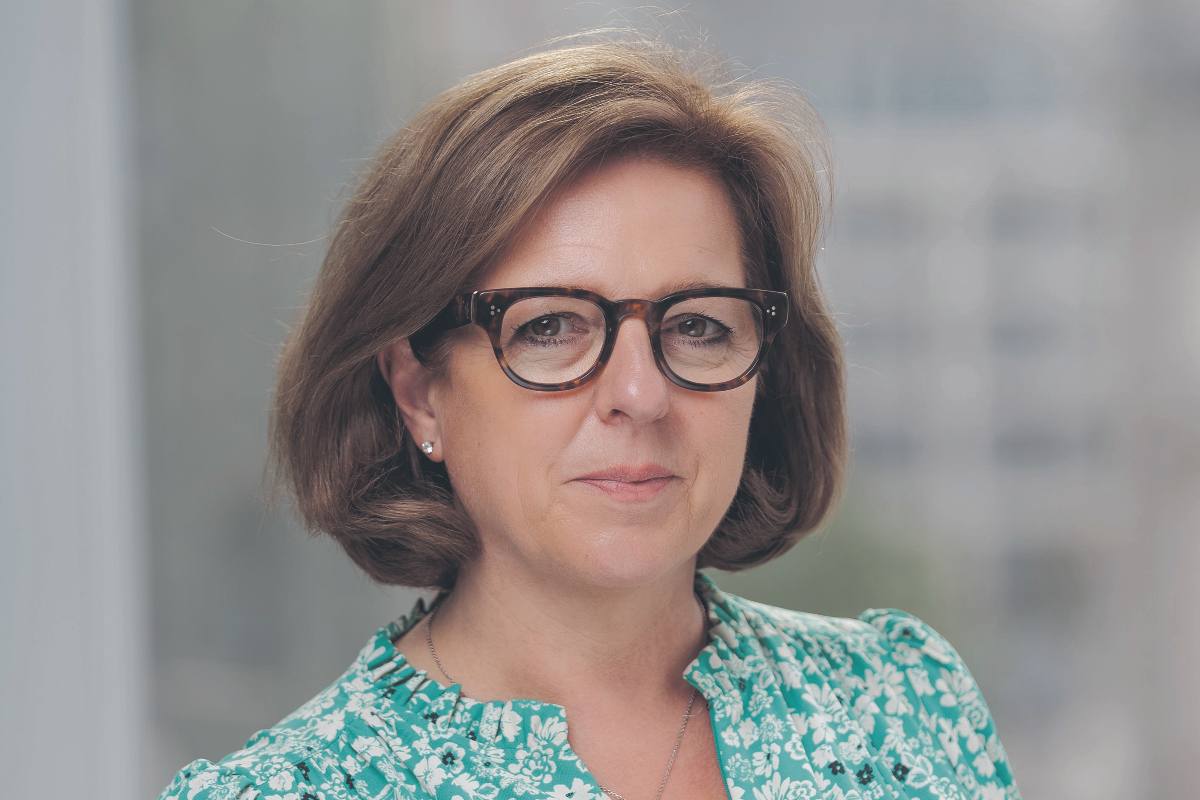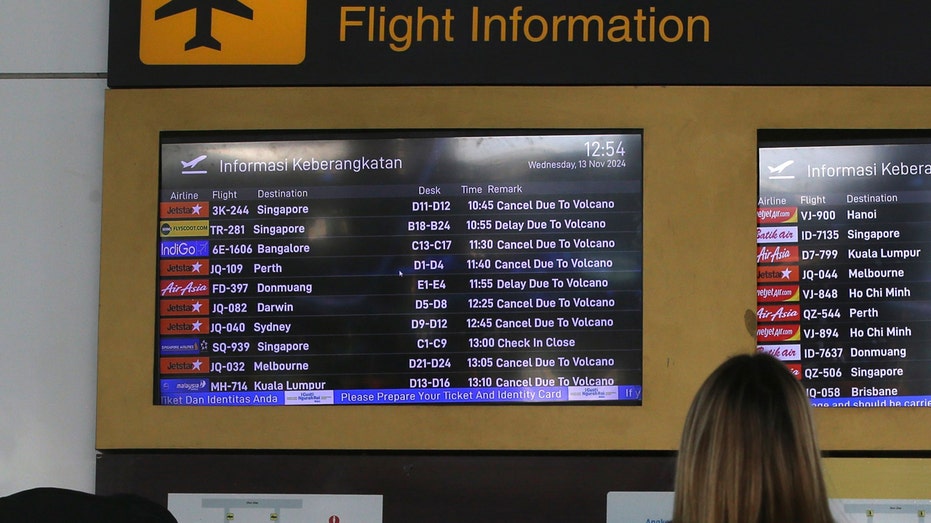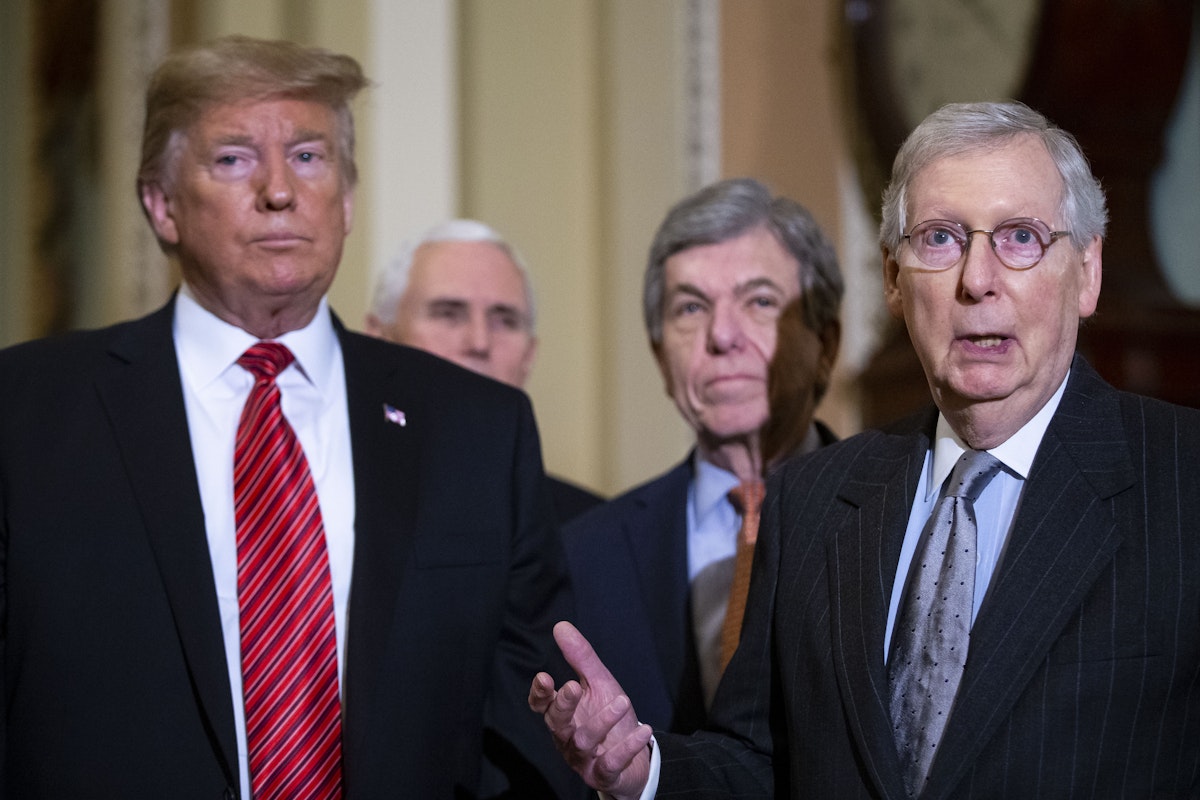London hotel occupancy rates return to pre-Covid levels but services inflation fears fueled
London hotels enjoyed another strong month in July as occupancy rates finally ticked back up to peak occupancy levels seen in summer 2019, but it’s not all rosy for the industry. London occupancy reached 89.3 per cent, up on 84.6 per cent last year and back to peak occupancy levels seen in July 2019. Despite [...]


London hotels enjoyed another strong month in July as occupancy rates finally ticked back up to peak occupancy levels seen in summer 2019, but it’s not all rosy for the industry.
London occupancy reached 89.3 per cent, up on 84.6 per cent last year and back to peak occupancy levels seen in July 2019.
Despite the strong return, the figures may yet prove to be a double-edged sword for the City if high demand for hotels causes sticky services inflation to stay high in August.
“Another strong month from the hotel sector is an additional sign that consumer spending is starting to pick up,” Thomas Pugh, economist at RSM UK, said.
“A sharp drop in accommodation services inflation was the reason behind the significant slowdown in services inflation last month, but demand for hospitality services clearly remains strong and suggests that services inflation may rebound slightly in August.
“A rise in services inflation in August will provide the Bank of England with a good excuse not to cut interest rates again in September – we think the next opportunity for a rate cut will be in November,” Pugh said.
The Bank of England lowered the interest rate by 0.25 per cent to 5 per cent in August, the first drop since March 2020.
The market had priced in two further rate cuts in 2024, but experts are divided on whether this will happen or not.
Hotel demand up despite prices hikes
Occupancy rates in the UK as a whole remain just below peak rates, at 82.1 per cent versus 86.5 per cent pre-pandemic.
This is despite huge rises in the price of hotel rooms, which have nearly doubled in the last five years due to high interest rates, wage increases, and supply chain costs according to Modern Hospitality
The revenue per room of UK hotels rose from £138.61 to £146.60 in July year-on-year, while London saw an even more significant increase from £221.51 to £232.20 in the same period, according to RSM.
Gross operating profits of UK hotels were up from 42.2 per cent to 43.3 per cent in July year on year, and from 47.7 per cent to 49 per cent in London – similar to pre-pandemic levels.
Head of hotels and accommodation at RSM UK Chris Tate said it was “encouraging” to see occupancy levels and profits back to pre-pandemic levels.
“The warmer weather finally made an appearance in July as consumers set off on their holidays across the UK, meaning the strong summer streak continued for the hotel industry,” Tate said.
While we didn’t see the usual uptick in room rates in July, this is likely to be due to stronger than normal growth in June, helped by Taylor Swift concerts in London and Scotland, skewing the normal annual spike.”
“With the Eras Tour continuing in August and demand likely to tick up again, hoteliers are likely to end the summer on a high. This demonstrates the powerful knock-on effect that events such as this have on the leisure, hospitality and hotel industry; and with Oasis’ recent announcement of a highly sought after reunion, hoteliers are set to benefit next year too.”
He continued, “with Oasis’ recent announcement of a highly sought after reunion, hoteliers are set to benefit next year too”.



